Sutajio Kosagi
Laptops & PCs
AMD
Sutajio Kosagi
Laptops & PCs
AMD
Novena is a 1.2GHz, Freescale quad-core ARM architecture computer closely coupled with a Xilinx FPGA. It’s designed for users who care about Free Software and open source, and/or want to modify and extend their hardware: all the documentation for the PCBs is open and free to download, the entire OS is buildable from source, and it comes with a variety of features that facilitate rapid prototyping.
We are offering four variations. The current prices are 10% higher than they were during the crowdfunding campaign (April 2 - May 18, 2014):
MyriadRF Software Defined Radio Daughterboard
Software! Defined! Radio! We’re very excited to offer the possibility of teaming up with MyriadRF, to provide a custom-made SDR solution for Novena. Their open hardware SDR solution operates in all the major radio bands, including LTE, CDMA, TD-CDMA, W-CDMA, WiMAX, 2G and many more.
Just the Board
For crafty people who want to build their case and define their own style, we’ll deliver to you the main PCBA, stuffed with 4GiB of RAM, 4GiB microSD card, and an Ath9k-based PCIe wifi card. Boots to a Debian desktop over HDMI. Ships six months after campaign conclusion.
All-in-One Desktop
Plug in your favorite keyboard and mouse, and you’re ready to go; perfect for labs and workbenches. You get the circuit board above, inside a hacker-friendly case with a Full HD (1920x1080) IPS LCD, plus an extra aluminum bezel to hack on. Ships seven months after campaign conclusion.
Laptop
For hackers on the go, we’ll send you the same case, board, and LCD as above, but with battery controller board, 240 GiB SSD, and a user-installed battery. As everyone has their own keyboard preference, no keyboard is included. Ships eight months after campaign conclusion.
Heirloom Laptop
This pledge level is no longer available. A show stopper of beauty; a sure conversation piece. This will be the same components as above, except with a 480GiB Intel 730 SSD and presented in a gorgeous, hand-crafted wood and aluminum case made by Kurt Mottweiler in Portland, Oregon. Ships nine months after campaign conclusion.
Novena Logo T-shirt
We held a Novena Logo competition and chose this logo by Francisco González-Blanch. The base color will be royal blue, like the blue anodization of Novena’s bezel, and the base fit will be the American Apparel Jersey T-shirt (S,M,L,XL,2XL,3XL) or the Bella Girly Jersey V-Neck T-shirt (S,M,L,XL,2XL — ladies, Bella sizes run small, so round up for a comfortable fit). We aim to ship the T-shirts within 2 months of campaign conclusion.
All configurations will come with Debian (GNU/Linux) pre-installed, but of course you can build and install whatever distro you prefer!
This is not a machine for the faint of heart. It’s an open source project, which means part of the joy – and frustration – of the device is that it is continuously improving. This will be perhaps the only laptop that ships with a screwdriver; you’ll be required to install the battery yourself, screw on the LCD bezel of your choice, and you’ll get the speakers as a kit, so you don’t have to use our speaker box design – if you have access to a 3D printer, you can make and fine tune your own speaker box.
After the campaign launched, we decided to offer four stretch goals. We’re thrilled that all four goals were met. As a result, all Novena users will benefit from libre 2D/3D software graphics drivers developed by Jon Nettleton and his collaborators. In addition, Everyone who placed an order for a Novena board or system package (desktop, laptop, or heirloom) during the crowdfunding campaign (April 2 - May 18, 2014) will receive some free extra hardware goodies. Those goodies may be available for purchase at some point in the future, but only eligible orders placed between April 2, 2014 and May 18, 2014 will receive them at no extra charge.
The first thing you’ll notice about the case design is that the screen opens “the wrong way”. This feature allows the computer to be usable as a wall-hanging unit when the screen is closed. It also solves a major hackability issue with a clamshell arrangement – it can be difficult to access the internals for hacking, as it’s blocked by a keyboard mounting plate.
In the design shown here, you can access the internals without having to remove a single screw – in fact, the laptop opens itself for you. With the slide of a latch, the screen automatically pops open thanks to an internal gas spring. As the internals are naked when the screen is up, this is not a computer for casual home use. Another side benefit of this design is there’s no fan noise – when the screen is up, the motherboard is exposed to open air and a passive heatsink is all you need to keep the CPU cool.
Another feature of this design is the LCD bezel is made out of a single, simple aluminum sheet. This allows users with access to a minimal machine shop to modify or craft their own bezels – no custom tooling required. Hopefully this makes adding knobs and connectors, or changing the LCD relatively easy. In order to encourage people to experiment, we will ship desktop and laptop devices with not one, but two LCD bezels, so you don’t have to worry about having an unusable machine if you mess up one of the bezels!
The panel covering the “port farm” on the right hand side of the case is designed to be replaceable. A single screw holds it in place, so if you design your own motherboard or if you want to upgrade in the future, you’re not locked into today’s port layout. We take advantage of this feature between the desktop and the laptop versions, as the DC power jack is in a different location for the two configurations.
Finally, the inside of the case features a “Peek Array”. It’s an array of M2.5 mounting holes (yes, they are metric) populating the extra unused space inside the case, on the right hand side in the photo above. It’s named after Nadya Peek, a graduate student at MIT’s Center for Bits and Atoms. Nadya is a consummate maker, and is a driving force behind the CBA’s Fab Lab initiative. When we designed this array of mounting bosses, we imagined someone like Nadya making their own circuit boards or whatever they want, and mounting it inside the case using the Peek Array.
Freescale iMX6 CPU
Internal memory:
Internal ports & sensors:
External ports:
Dimensions
Fun features:
Includes the motherboard above, with the following case and accessories:
Gen-2 hacker case — not for casual home users
13.3" amorphous silicon TFT active matrix LCD
LVDS to eDP adapter board
Internal accessory connectors
Most components are pre-assembled in the case, including the internal accessory connectors, the motherboard, and eDP adapter board. User assembly required for LCD bezel selection, and for speaker box.
All of the components from the desktop version above, plus:
SATA-style connector to route power and control signals to the main board
Works with battery packs used by most RC enthusiasts
Classic Molex disk connector for battery connector
Fast-charge capability
Learns your battery pack
Statistics reporting
STM32 master controller
SATA-II interface (3Gbps)
Intel 530 series or equivalent (SanDisk drive in the photos is a throw-away for our dev purposes only, we would not subject end users to such a drive)
Full desktop Debian firmware load
3000mAh 3-cell lithium battery pack
Manufactured by Turnigy and shipped separately, installed by user
User can swap in their own battery pack
Cable adapter from Molex to in-line 4mm bullet connector provided
330 mm x 225 mm x 27mm to bezel surface (30mm with socket cap screws)
1.36kg (3 pounds) in configuration as pictured
All of the electronic components included in the standard laptop above, except with a 480GiB Intel 730 SSD, a Lenovo Bluetooth trackpoint-keyboard, and an outstanding hand-crafted wood and aluminum case.
This case has no specs, as the concept behind the heirloom laptop is it is an omakase experience: you are buying into the craftsmanship and artistry of Kurt Mottweiler, and trusting him to build a work piece of outstanding quality. Kurt is a designer-craftsman situated in Portland, Oregon and drawing on his background in luthiery, builds bespoke cameras of outstanding quality from materials such as wood and aluminum. This collaboration is enabled by the open nature of our hardware specifications, and we’re proud to have this offering as part of our campaign.
For the prototype case, Kurt is featuring rift-sawn white oak and bead-blasted-and-anodized 6061 aluminum. He developed a composite consisting of outer layers of paper backed wood veneer over a high-density cork core with intervening layers of 5.5 ounce fiberglass cloth, all bonded with a high modulus epoxy resin. This composite is then gracefully formed into semi-monocoque curves, giving a final wavy shape that is both light, stiff, and considers the need for air cooling.
The overall architecture of Kurt’s case mimics the industry-standard clamshell notebook design, but with a twist. The keyboard used within the case is wireless, and can be easily removed to reveal the hardware within. This laptop is an outstanding blend of tasteful design, craftsmanship, and open hardware. And, to wit, since these are truly hand-crafted units, no two units will be exactly alike – each unit will have its own grain and a character that reflects Kurt’s judgment for that particular piece of wood.
Novena was conceived and designed by bunnie and xobs.
bunnie loves to design and undesign hardware. His past work includes discovering and publishing security exploits on the original Xbox, designing silicon chips for various startups, and designing and manufacturing the hardware behind chumby. He spends a lot of time in Shenzhen exploring the lesser-known aspects of hardware supply chains. He got his start in hardware in part because his Apple II came with schematics, and he is hoping to enable others to follow his path by providing a contemporary computer with open documentation.
Xobs is a consummate firmware hacker, and enjoys figuring out how hardware and software interact, learning new things, and canoeing. Occasionally he finds himself thinking C is too high-level a language. His past work includes architecting and deploying the firmware for chumby products, as well as discovering firmware exploits in the microcontrollers embedded within microSD cards. He is an active Linux kernel developer. In his spare time, he goes outrigger canoeing in the ocean.
The main board for Novena is on its third and final revision, and has been delivered in volume to OEM customers. The main boards are manufactured by AQS. We consider this core part of the design to be production-ready.
The plastics and aluminum pieces will be manufactured by a network of contract manufacturers in south China, typically coordinated by project managers at AQS. Prior to this, we’ve manufactured several consumer electronics devices, and so we have good relationships with many qualified manufacturers.
We will determine the composition of the final supply chain based upon the volume of orders generated by the campaign. If the volume is fairly low, we will lean more heavily upon foreign US-based contract manufacturers who specialize in doing low-volume production. If the volume is high, we’ll implement the supply chain using local manufacturers in southeast Asia. Regardless of the scenario, we have designed or selected sub-components that have multiple options for fulfillment, giving us the agility to respond to multiple volume scenarios.
The heirloom laptop is subcontracted to and manufactured exclusively by Kurt Mottweiler’s studio in Portland, Oregon.
This is not a device made for consumer home use. The internal electronics are exposed during normal operation to facilitate easy access by developers and professionals. As such, you must be aware of the hazards of operating exposed electronics, and are familiar with standard anti-static procedures for handling bare electrical components. You must never spill liquids or drop conductive materials into the case. Dropping liquid or conductive elements into the case can cause permanent damage to the circuit board, fire, or personal injury.
We also don’t do rigorous drop-testing or crush-testing of the design, so it’s expected you will handle the device with care. Think of it more as a piece of lab equipment, and less as a device for entertainment or recreational use.
A laptop is a complex product — not just for the hardware, but for the software too. We fully expect that there will be bugs in the firmware drivers, but we also fully expect that over time things will improve as the community of developers grows around Novena and more people contribute fixes and patches to the code base.
suspend/resume: power management functions tend to be unstable, particularly as we are targeting the latest release candidates of Linux
graphics: there are no Free Software drivers for the 3D core. There is an ongoing project to reverse engineer and develop Free Software graphics drivers. Significantly, the 3D graphics standards for Linux are in a state of active evolution, with Wayland, Mir, SurfaceFlinger, Mesa, etc. vying to replace the aging X11 standard.
video: there are no Free Software drivers for the hardware video accelerator DSP, but there are gstreamer libraries available.
UI integration of system management features: everything can be adjusted using the command-line, but some items lack UI integration.
That being said, the kernel runs stably and we routinely use this hardware for development purposes core to our business with good results. In other words, it’s great as a development platform, but it’s not a great system for playing games.
On the hardware side, a few small system integration details are still yet to be nailed down. For example, the USB ports on the front of the case need to be moved down a couple millimeters to allow cables to clear the bezel when the screen is opened, and we’re debating the use of a lit power button. None of these are major risks, but it does mean the design will be altered slightly from the images shown on the campaign today.
Produced by Sutajio Kosagi in Singapore.
Sold and shipped by Crowd Supply.
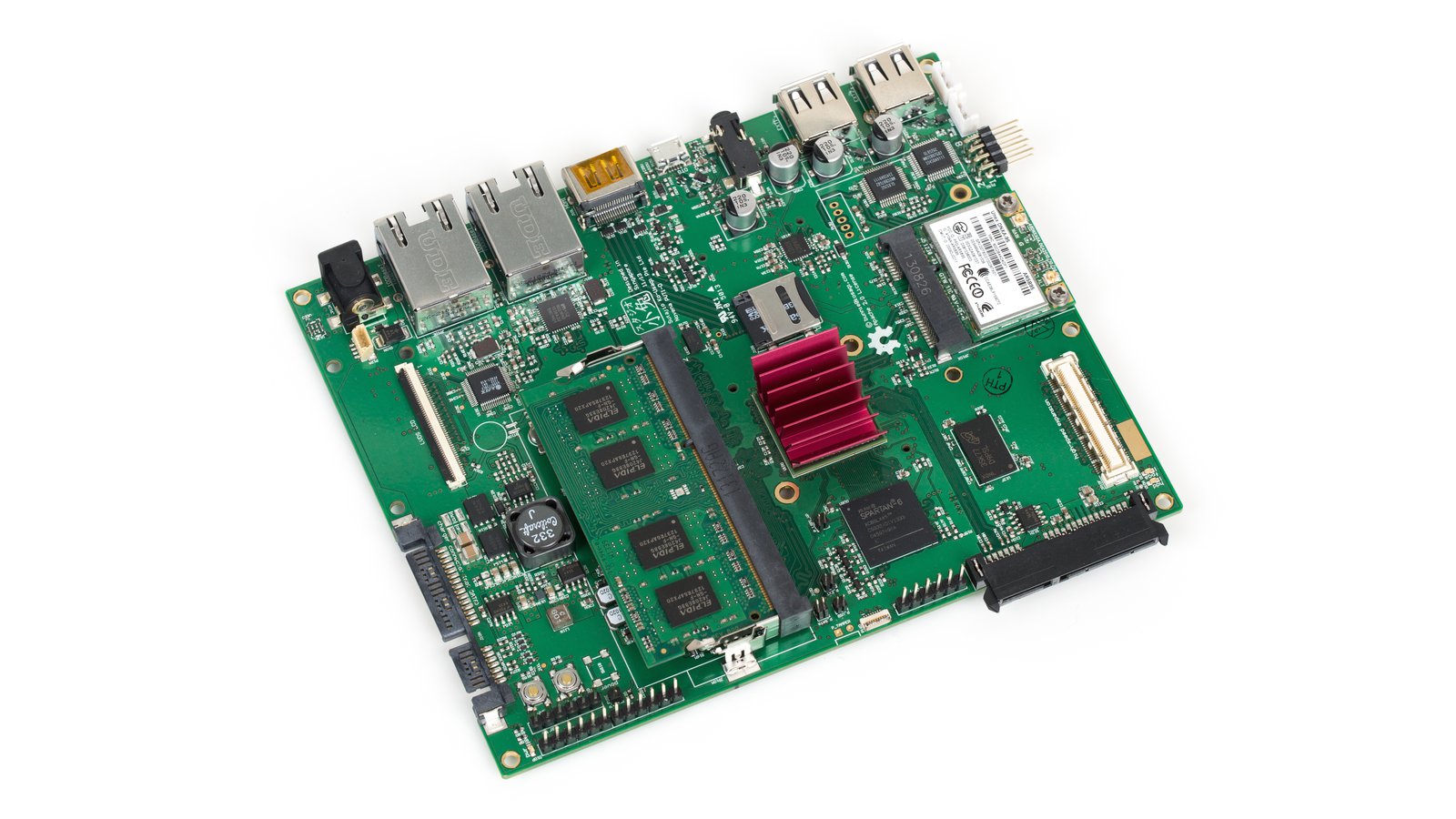
For crafty people who want to build their case and define their own style, we'll deliver to you the main PCBA, stuffed with 4GiB of RAM, 4GiB microSD card, and an Ath9k-based PCIe wifi card. Boots to a Debian desktop over HDMI.
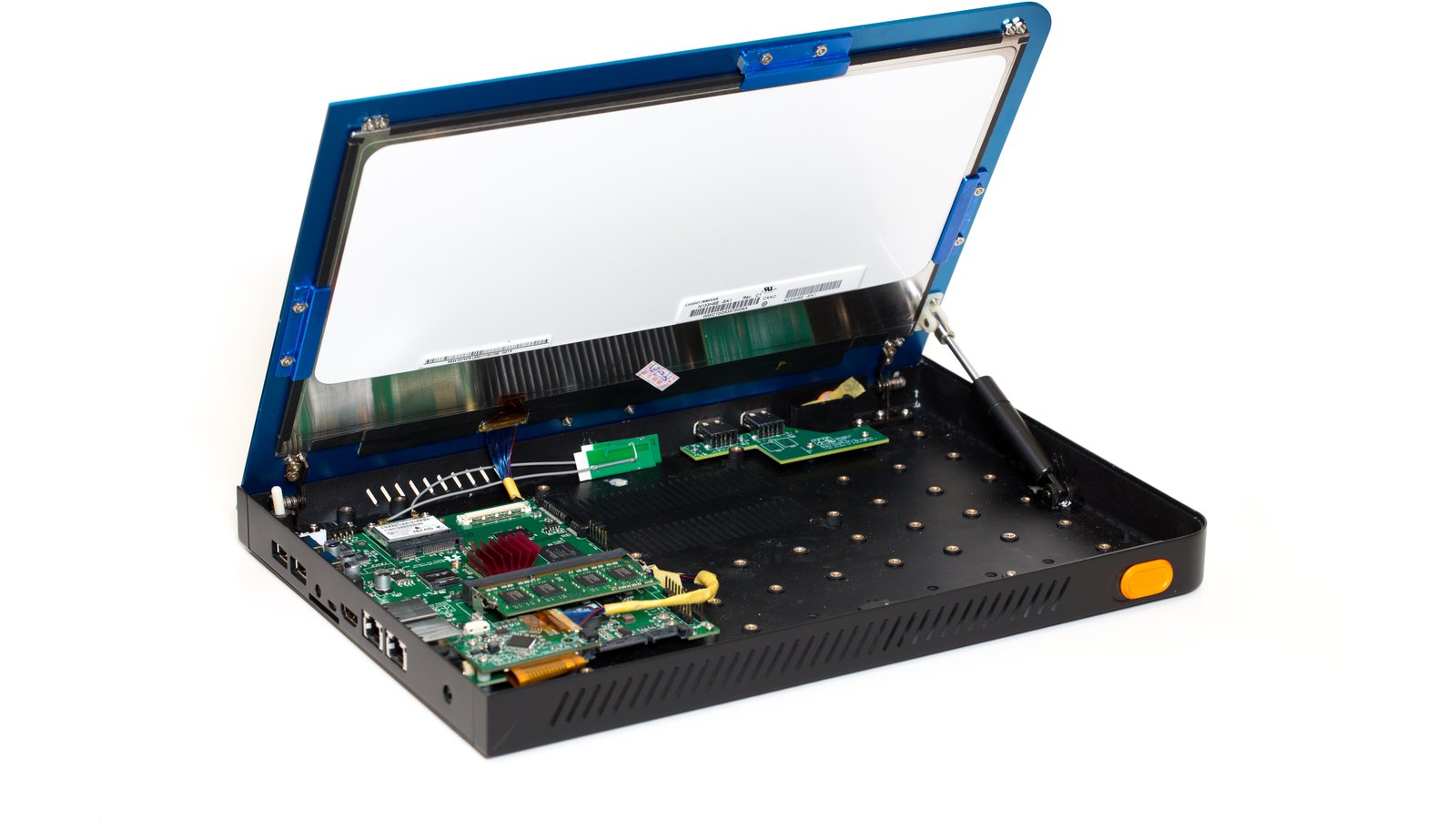
Plug in your favorite keyboard and mouse, and you're ready to go; perfect for labs and workbenches. You get the circuit board above, inside a hacker-friendly case with a Full HD (1920x1080) IPS LCD, plus an extra aluminum bezel to hack on.
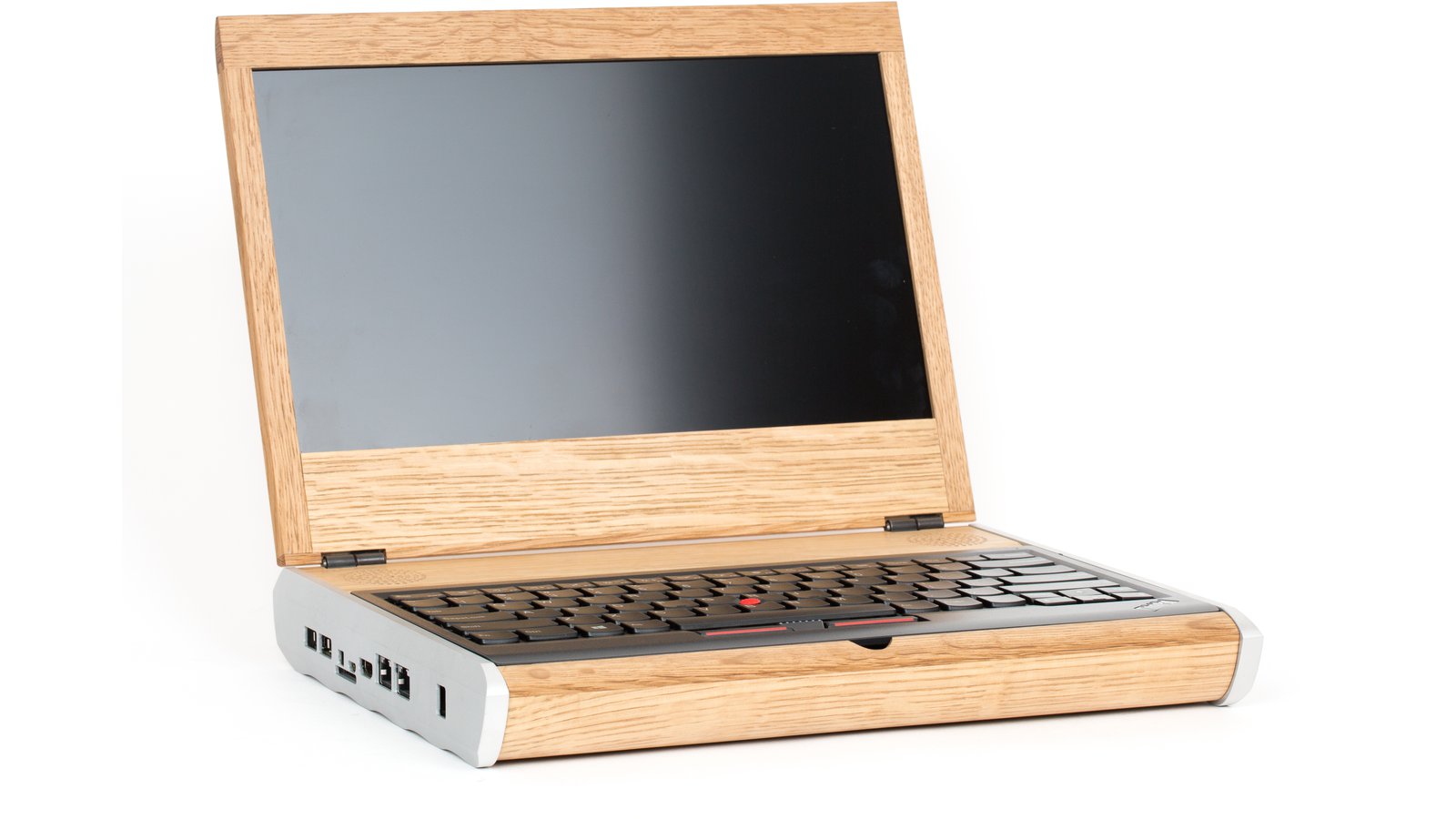
This pledge level is no longer available. A show stopper of beauty; a sure conversation piece. This will be the same components as above, except with a 480GiB SSD and presented in a gorgeous, hand-crafted wood and aluminum case made by Kurt Mottweiler in Portland, Oregon.
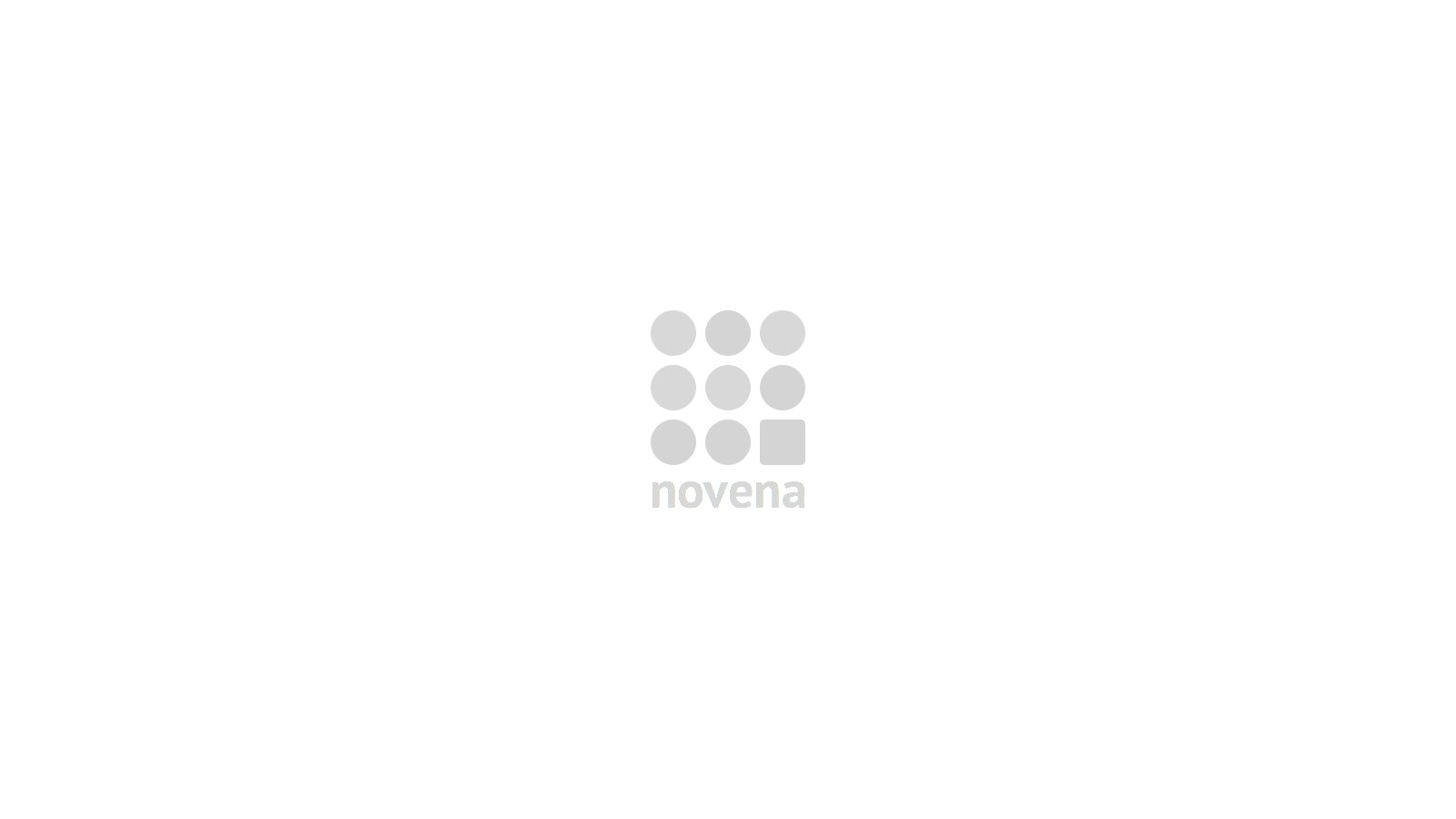
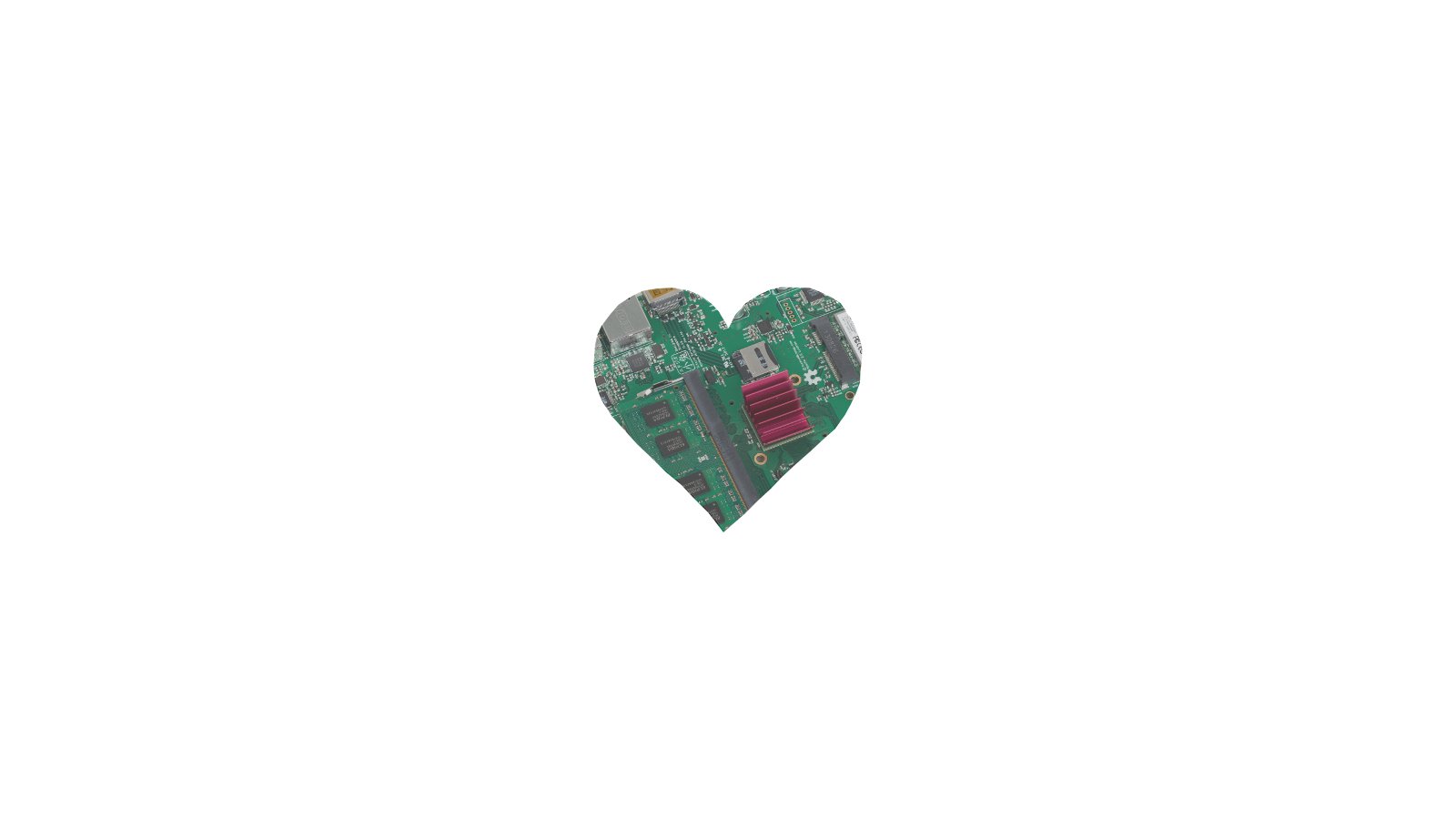
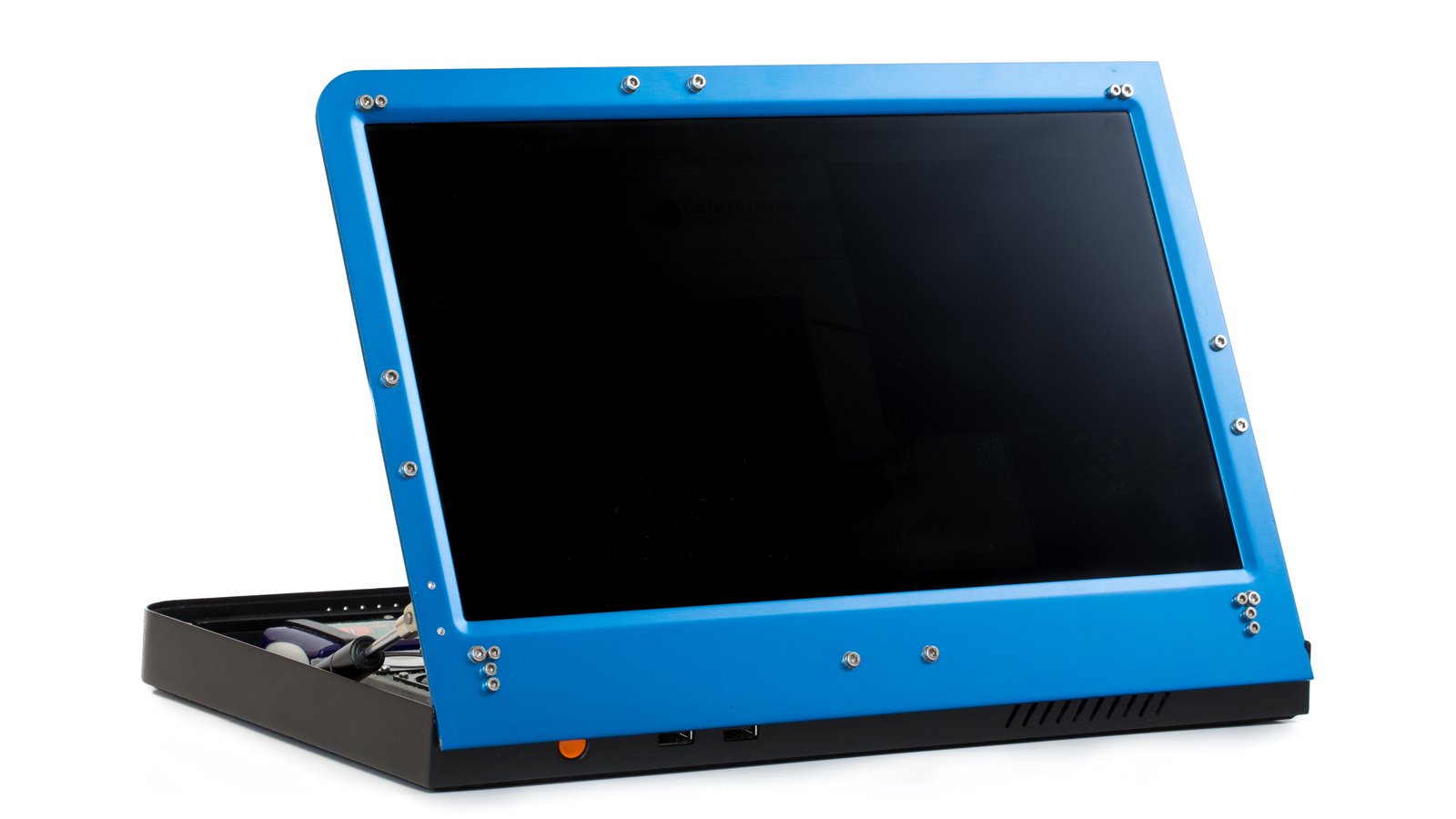
For hackers on the go, we'll send you the same case, board, and LCD as above, but with battery controller board, 240 GiB SSD, and a user-installed battery. As everyone has their own keyboard preference, no keyboard is included.
Sutajio Ko-usagi supports and produces open hardware products designed by bunnie and xobs.